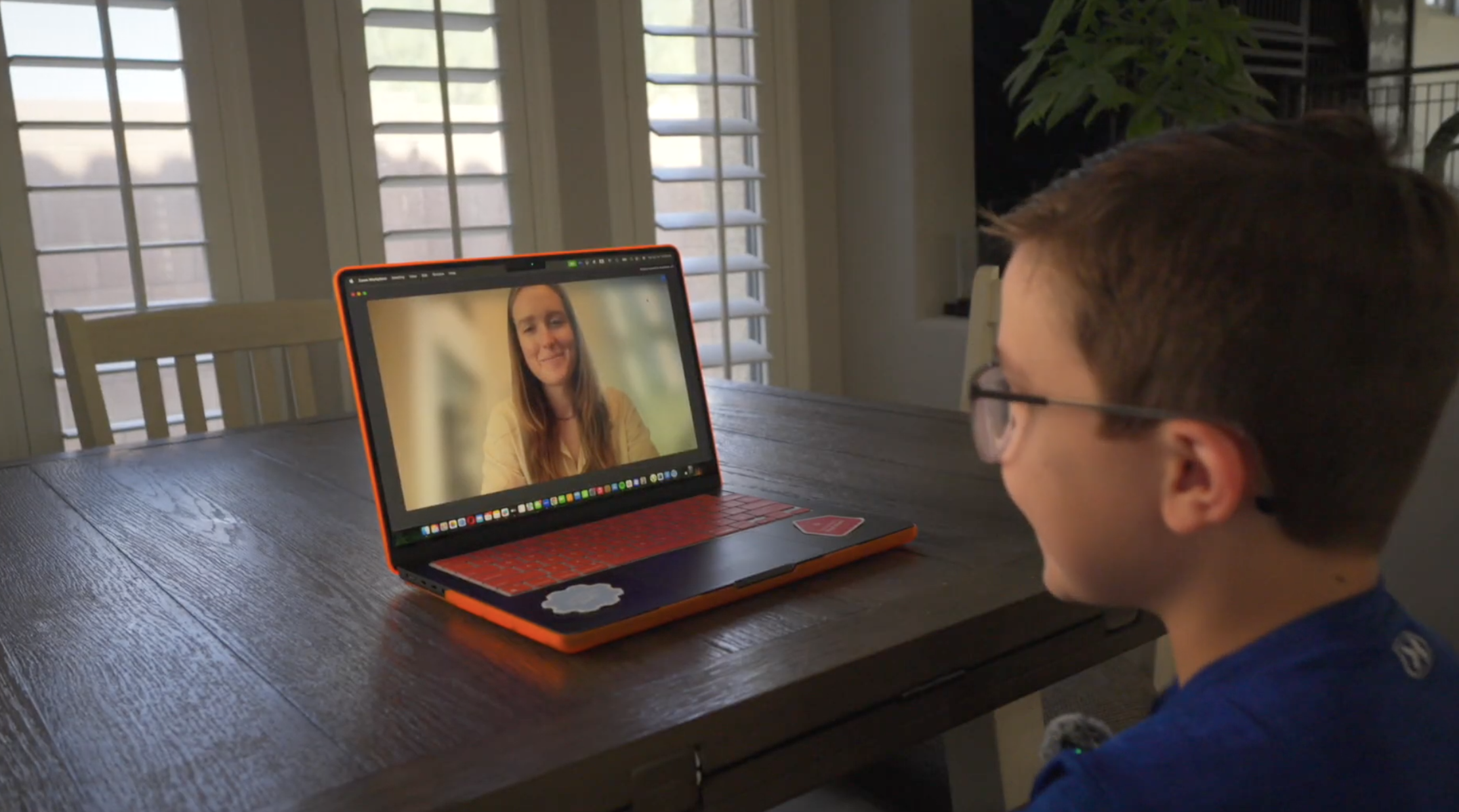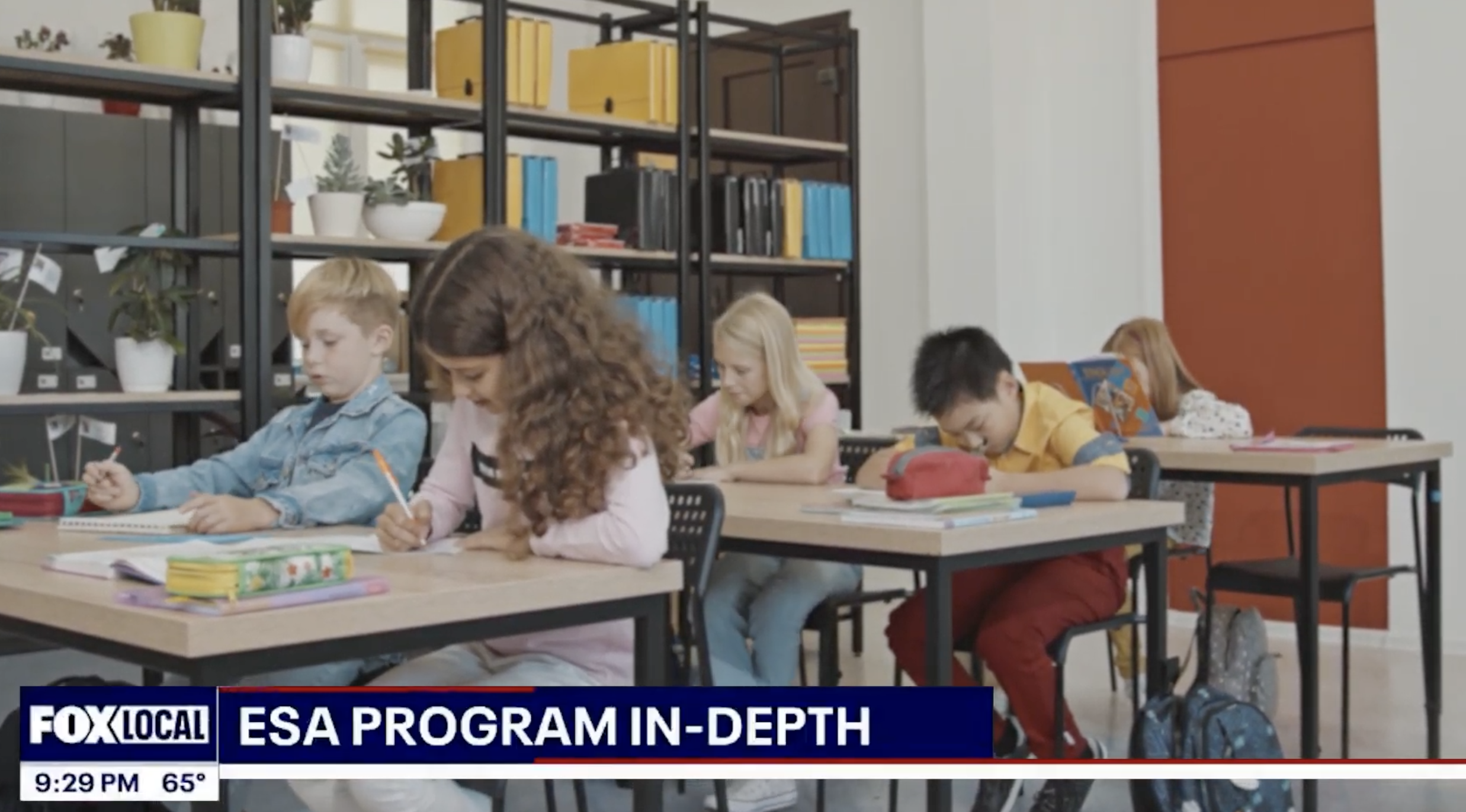Most parents believe that good schools treat all students equally.
They’re constantly on the lookout for schools with standardized curricula, uniform testing, and teachers who deliver the same lessons to every child. This seems like the best way to ensure fairness, consistency, and high standards for all kids. However, decades of middle-years education research reveal something surprising.
The approach of standardization actually increases failure rates for the majority of students because it ignores fundamental differences in how children's brains process and retain information.
The Problem with Standardized Learning
Here’s the challenge: when schools try to teach all students at the same pace with identical methods, they unintentionally create a system that underperforms for both struggling and advanced learners.
The child who needs extra time to grasp multiplication concepts gets left behind when the class moves on to division. Meanwhile, the student who mastered fractions months ago sits bored and disengaged while classmates catch up.
Both groups face growing frustration and declining academic confidence.
What parents don’t understand is that identical treatment actually creates unequal outcomes because children’s brains develop and learn at different rates. The “one-size-fits-all” model that seems equitable ends up being one of the most unfair systems, where most students are given lessons that mismatch their readiness levels by weeks or even months.
The Neurological Reality That Schools Ignore
Every child’s brain is unique. Human brains contain approximately 86 billion neurons, arranged in distinct patterns. Small differences in these patterns can mean that two children of the same age and intelligence may need vastly different amounts of time to master the same concept.
Take reading, for example. Some children quickly understand letter-sound relationships and phonetic patterns. Others need significantly more repetition and practice to build these same neural pathways. A 2018 University of Washington study found that reading acquisition timelines can vary by as much as three years among neurotypical children. Some children can read fluently by age four, while others don’t achieve this milestone until age seven.
This variation isn’t limited to reading. Stanford researchers studying 240 students over two years found that individual learning rates in math — specifically algebra — can vary by four to six years on average. Some children grasp new concepts immediately after a few examples, while others need much more time.
Why Schools Keep the Status Quo
Given the evidence that personalized learning works better, why does the traditional system still promote uniformity?
The truth is, teachers know that students learn at different rates and would prefer to personalize instruction. The problem is that the system doesn’t allow for it. For example, California’s state department mandates specific standards for fourth-grade teachers to cover at certain times. Teachers are pressured to stick to a strict pacing guide that doesn’t account for each student’s unique needs.
When teachers slow down to support struggling students, they risk falling behind the guide. When they accelerate lessons for advanced learners, they risk leaving the rest of the class behind.
So, What Does Personalized Learning Look Like?
The good news is that Novatio has cracked the code for personalized education. At Novatio, students complete core academics in just two hours each morning using AI-powered technology that adapts instantly to their individual learning needs. This approach eliminates the frustration of being left behind and the boredom of waiting for others to catch up.
In math, for example, if a student masters multiplication quickly, they immediately move on to division. If another student needs more practice with multiplication, they get exactly that — no rush, no pressure.
This isn’t theoretical; Novatio students regularly advance 1.5 to 2 years academically in just one school year. They’re learning at their optimal pace, not bound by artificial grade-level boundaries or predetermined timelines.
How It Works
Continuous assessment is key. At Novatio, we assess students regularly, not just on occasional tests. Our system adjusts instruction based on each student’s mastery of a concept, ensuring that they’re always challenged but never left behind. Traditional schools, by comparison, test students occasionally and move on to the next lesson, regardless of whether the student is ready.
The Power of Personalized Learning
Your child’s brain works differently from every other child’s. They process information at their own pace, and they may need more or fewer examples to grasp a concept. Their education should reflect that uniqueness, not force them to adapt to a one-size-fits-all system.
At Novatio, we believe in aligning education with how children’s brains work — helping them learn at their own pace, building resilience, and developing the skills they need to succeed in the real world.
It’s time to break free from the outdated model and give your child the personalized education they deserve.










